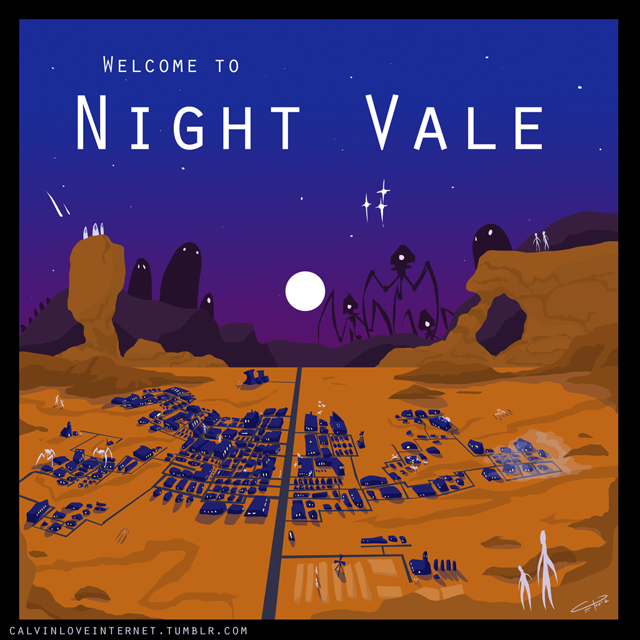With co-panelist Patches at Otakon 2012. Have you noticed that every year as I get busier, my Otakon photo looks more and more rushed?
There is no good reason for me to be THIS excited about Otakon. I’ve gone every year I’ve kept this blog. Here are my posts from 2012, 2011 and 2010.
And yet, here I am again barely able to fall asleep at night because the east coast’s largest anime convention is just around the corner. Seriously, there is so much to look forward to!
- I’ll be covering the convention for Otaku USA and Crunchyroll News, which is a dream come true;
- I’ll be meeting my colleague and fandom reporter extraordinaire Aja Romano in person for the first time;
- I’ll be seeing countless friends and anibloggers that I almost never see except when a big con rolls around.
I’ve got a full schedule and I wholly intend to make an effort to vlog it all so I can share my Otakon adventures with you once I’m back home.
Interested in meeting up? I’m guessing these are the places I’ll be on Friday and Saturday:
Friday
- 11:15 AM – We Con, Therefore We Are: Fandom, Convergence and a Critical Look at the Modern Otaku. Because I can’t miss a Charles Dunbar panel.
- 3 PM – A Study of Heroines: Compassion and Courage in Revolutionary Girl Utena and Madoka Magica. My new friend Katriel‘s panel.
- 5:30 PM – Science in Anime. I went to something similar at Anime Boston and it was surprisingly enlightening!
- 9 PM – Awesome Women in Anime. I look forward to seeing which characters the panelists pick to highlight.
Saturday
- 10:15 AM – By Fans, For Fans: 20 Years of Holding On For Dear Life. Looking forward to this insider view of what running Otakon is like.
- 11:15 AM – Anime in 15 Minutes or Less: Who Likes Short Shorts? Daryl Surat is such a big personality in aniblogging, so I’m looking forward to finally attending one of his panels.
- 2:30 PM – Anime’s Online Expansion. Sounds like this one is going to raise a lot of the same questions I wondered about in my Daisuki post.
See something on the convention floor and think it should definitely go into a certain reporter’s convention recap? Just want to chat? The best way to reach me during Otakon is over Twitter! Send an @ or DM and I’ll be so happy to hear from you.






